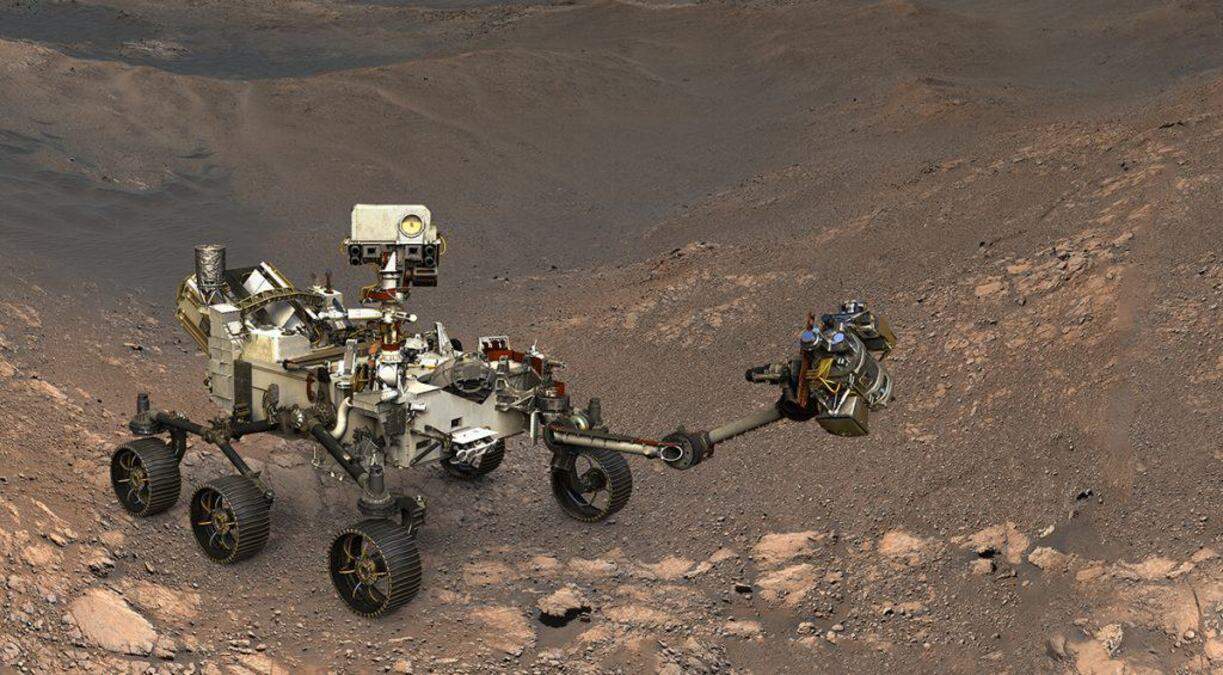Last week, NASA announced that the Perseverance rover had reached the milestone of 1,000 Martian days in service and that all of its missions had been completed. However, the rover’s journey is not over yet, and it will now embark on an additional mission, where it will continue to explore the surface of Mars.
During the initial mission, the Perseverance rover worked inside Jezero Crater, near an ancient river delta, collecting Martian rocks and soil. In all, 10 tubes filled with samples were collected and released to Earth to be collected by a future mission, the Mars Sample Return (MSR), scheduled to launch in 2030.
- The additional mission will begin in the spring in the Northern Hemisphere and will lift the rover along the crater rim or even beyond.
- To leave Jezero, the vehicle will have to travel about 4 kilometers from its current location to the beginning of its exit path.
- The idea is to examine older rocks and fill the 13 sample tubes remaining on board the rover.
The researchers believe that groundwater in this new area that the spacecraft will examine interacted with rocks, creating a completely different scenario than the interior of the crater.
Read more:
Perseverance investigations
Samples collected so far have helped scientists understand how Jezero Crater, once flooded by a long river, became the boulder-strewn desert found by Perseverance.
In addition to, According to NASAInvestigations conducted by Perseverance devices indicate the presence of carbonate and iron phosphate materials in the crater, which are materials that could help life flourish there. The discovered silica could also preserve any old organic molecules and prevent them from decomposing, but nothing has been found so far.
Sample return task
Powerful analysis performed using powerful instruments on Earth will allow more details about the samples collected by the rover to be revealed. However, MSR has faced some problems, because the mission is expensive and not all the details have been worked out yet.
One such dilemma is due specifically to the reward task. At MSR, Perseverance will deposit stored samples inside the lander module, which will send it into Mars orbit. An orbiter will collect the material and send it to Earth.
However, the exact location where the module and rover will meet has not yet been determined. This is because by the 2030s, Perseverance will be far from initially storing samples at the bottom of the hole. The options are to land the module near where Perseverance is located, or to return the rover to the crater.

“Hardcore beer fanatic. Falls down a lot. Professional coffee fan. Music ninja.”






More Stories
The law allows children and adolescents to visit parents in the hospital.
Scientists pave the way for the emergence of a new element in the periodic table | World and Science
Can dengue cause hair loss? Expert explains how the disease affects hair